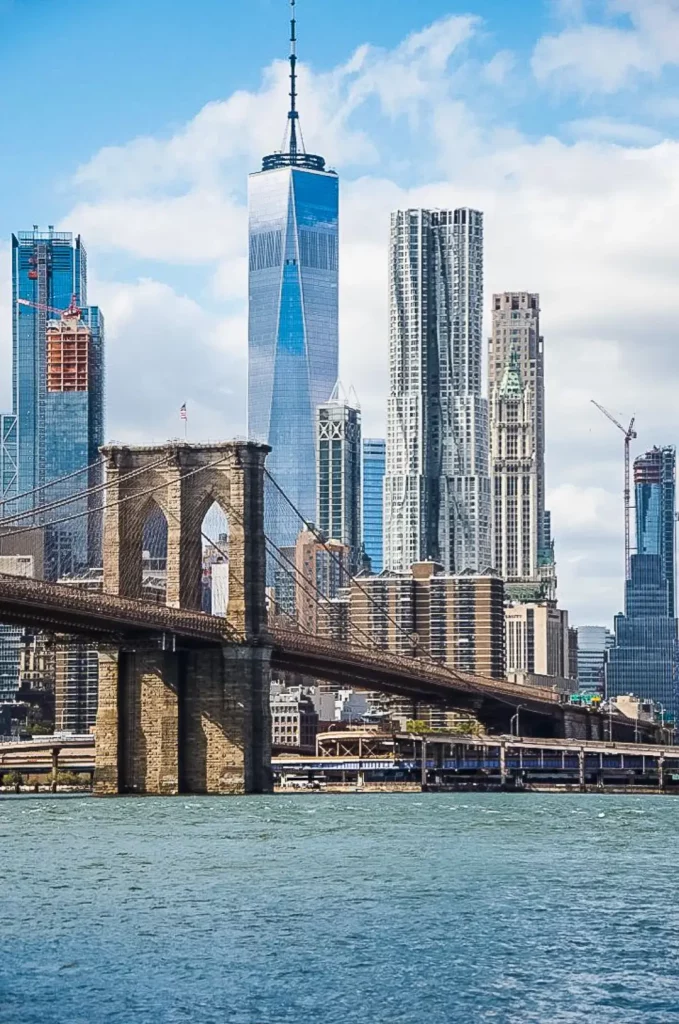New York City is known for its skyscrapers, its culture, and its traffic. But it is also known for its flooding problems, especially after Hurricane Sandy in 2012. To address this issue, the city has invested $16.6 million to rebuild a 1.5-mile corridor in Queens with permeable concrete, a material that allows water to seep through and reduce runoff.
Permeable concrete is made of coarse aggregates and cement, but without fine sand that fills the gaps between the larger particles. This creates pores that let water pass through, while filtering out pollutants and debris. The benefits of permeable concrete are manifold: it reduces stormwater runoff, which can cause flooding, erosion, and pollution; it recharges groundwater, which can prevent droughts and subsidence; it lowers the urban heat island effect, which can improve air quality and energy efficiency; and it reduces noise, which can enhance livability and comfort.
The project, which started in 2019 and was completed in June 2021, involved replacing the existing asphalt pavement with permeable concrete on Utopia Parkway between Union Turnpike and 73rd Avenue. The corridor is located in a low-lying area that is prone to flooding and sewer backups. The project also included installing new curbs, sidewalks, streetlights, and landscaping. According to the city’s Department of Design and Construction (DDC), the project is expected to reduce stormwater runoff by 80%, or about 6.5 million gallons per year.
The project is part of the city’s larger initiative to improve its stormwater management and resilience to climate change. The city has committed to installing 9,000 green infrastructure elements, such as rain gardens, bioswales, and green roofs, by 2030. The city has also adopted new design standards for coastal flood resilience, which require buildings to elevate their utilities and entrances above the floodplain.
New York City is not the only place that is using permeable concrete to combat flooding. Other cities around the world, such as Chicago, London, and Singapore, have also implemented permeable pavement projects to enhance their sustainability and livability. Permeable concrete is one of the innovative solutions that can help cities adapt to the changing climate and cope with the increasing urbanization.



